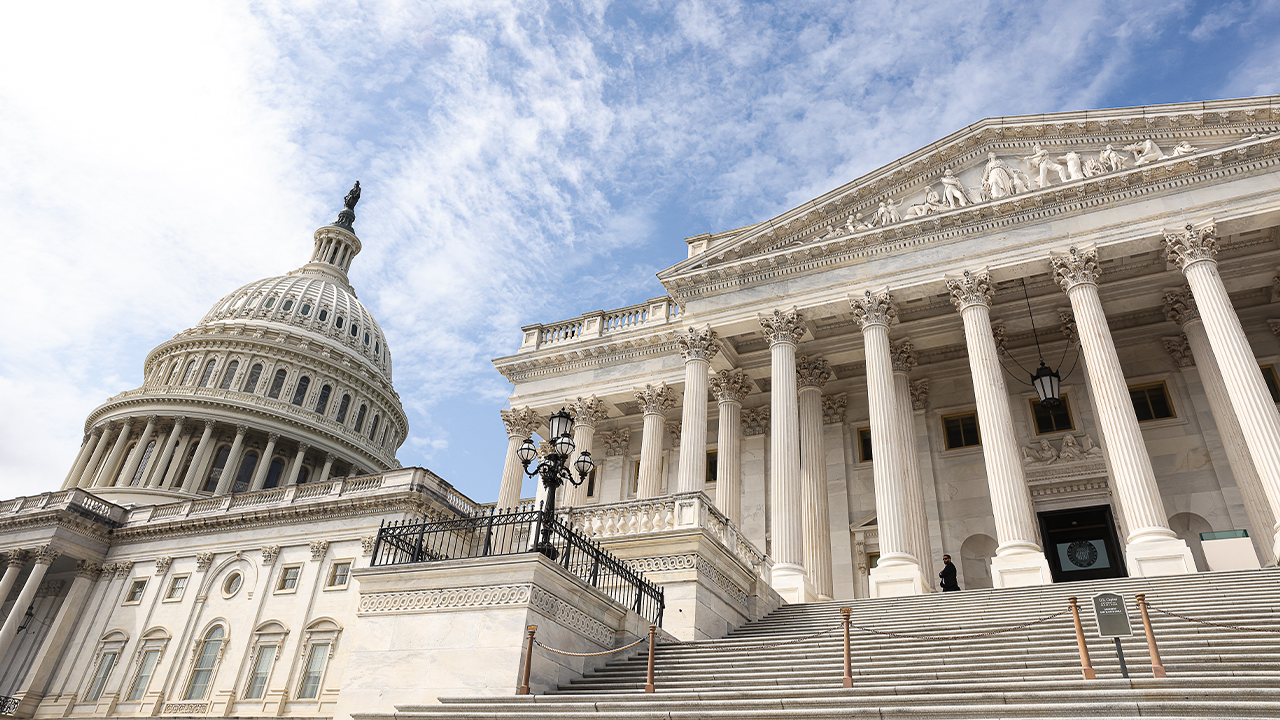
The streets of London may not be paved with gold, but there’s still clearly plenty of it around.
One in 39 Londoners—or 227,000 people in a population of 8.8 million—have at least $1 million of liquid, investable wealth, according to the World’s Wealthiest Cities Report 2024.
The research, compiled by Henley & Partners and New World Wealth, ranks the U.K. capital 5th globally for its high-net-worth population, behind New York (349,500 millionaires), San Francisco and the Bay Area (305,700), Tokyo (298,300) and Singapore (244,800).
Paris came in seventh in the world and second in Europe, with 165,000 liquid millionaires. Despite being home to the world’s richest person, Bernard Arnault, the French capital also trails London in total billionaires, with 23 to London’s 35.
It isn’t surprising to find high-net worth individuals (HNWIs) congregating in major global cities like these, where so much wealth is both created and managed.
However, the rankings reflect more than the economic activity of the cities in question. Policies have an impact too.
London and the U.K. more widely were historically highly successful in attracting foreign HNWIs, but according to Henley’s data the country has experienced net outflows of millionaires since the Brexit vote in 2016.
“Whatever one may think about the merits of Brexit, this cohort is voting with its feet. Coupled with the policy change to remove permanent non-domiciled taxpayer status, Brexit has made the UK less hospitable and welcoming to HNWIs,” former Lloyds Bank Commercial chief economist Trevor Williams commented last year.
A surge in millionaire net outflows also happened in 2022-3, with around 5,000 people estimated to have left—something likely to be connected to the U.K.’s abrupt ending of its tier 1 investor (or ‘golden’) visa after Russia’s invasion of Ukraine.
London and Paris were joined by 15 other European cities in the global top 50, with Dublin having the fastest growing millionaire population and Moscow the fastest falling.






























![[Spoiler] Shot, Wes vs. Csonka [Spoiler] Shot, Wes vs. Csonka](https://www.tvinsider.com/wp-content/uploads/2024/12/fbi-international-408-vo-wes-1014x570.jpg)


























